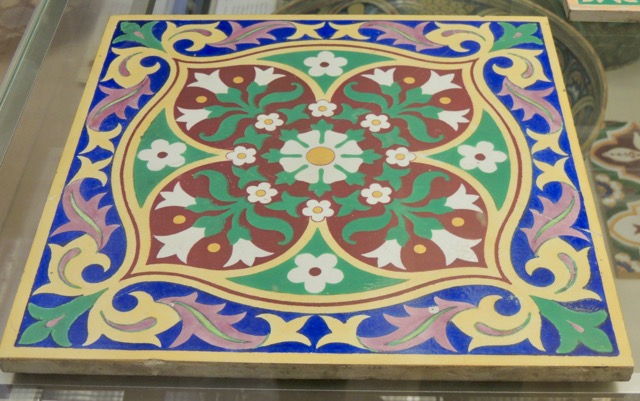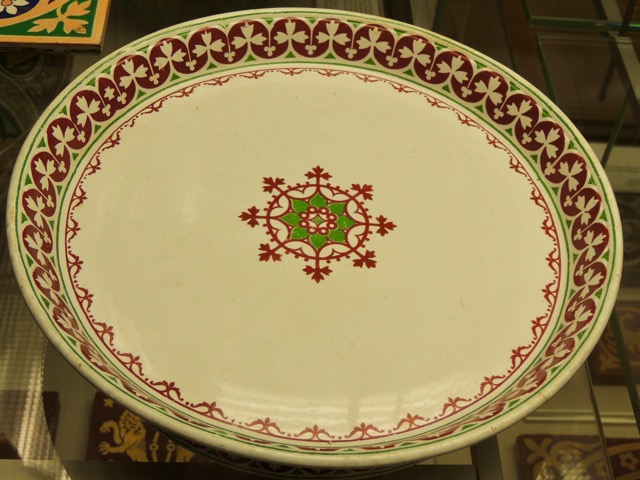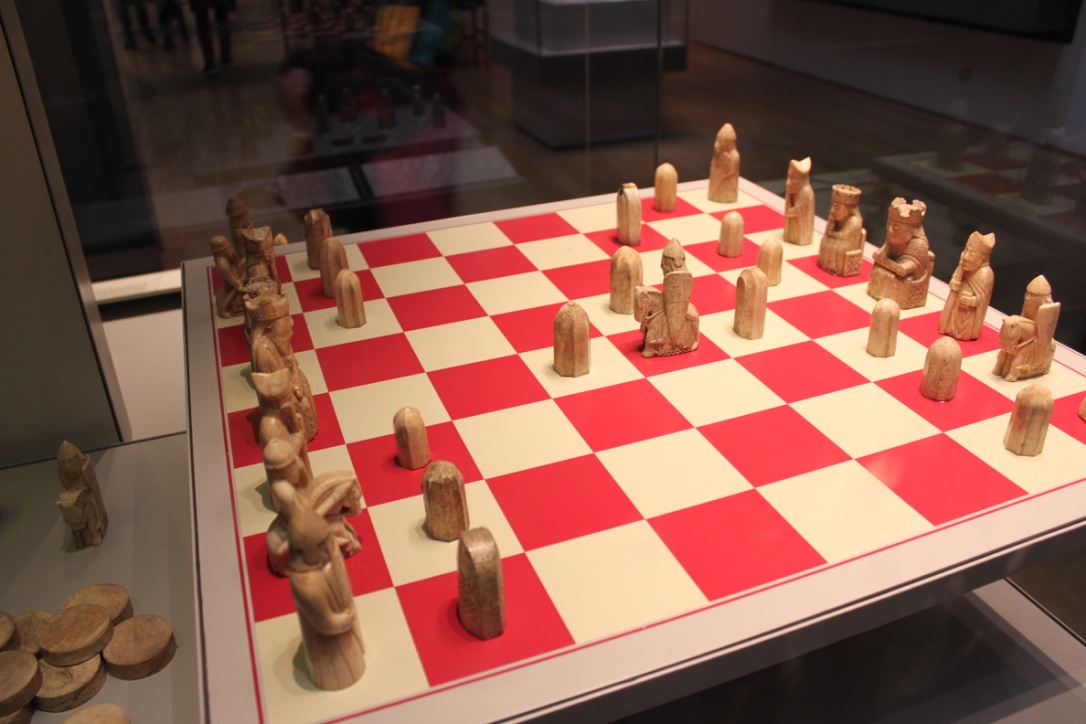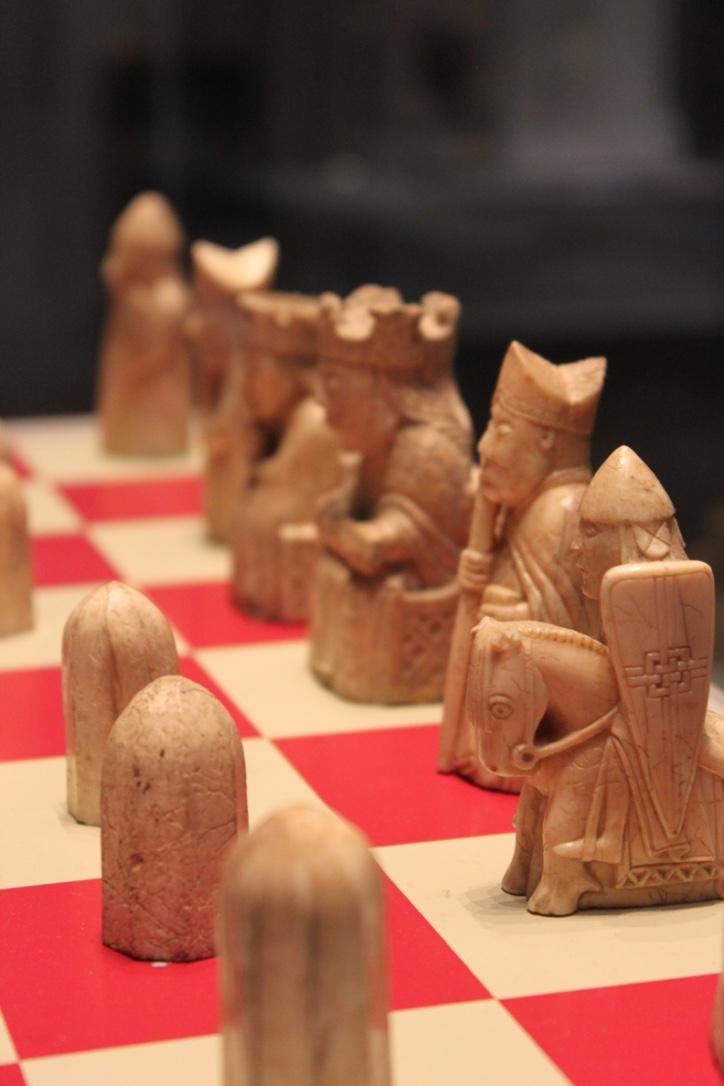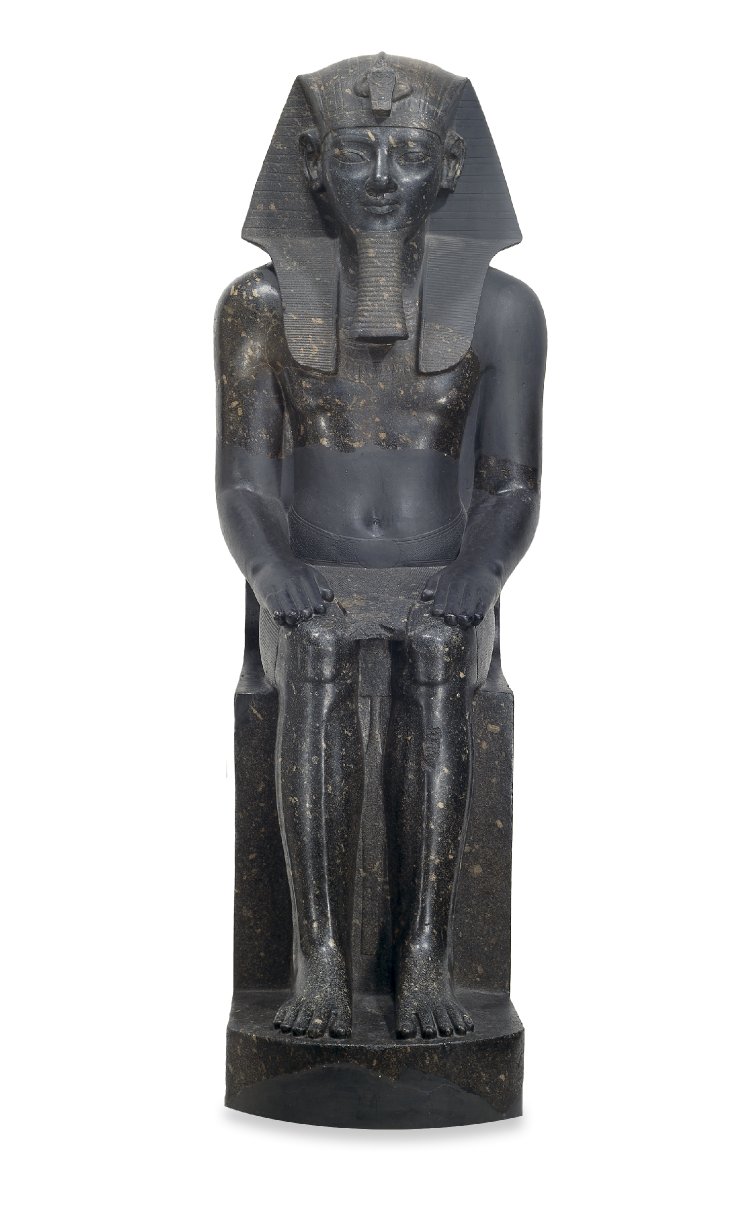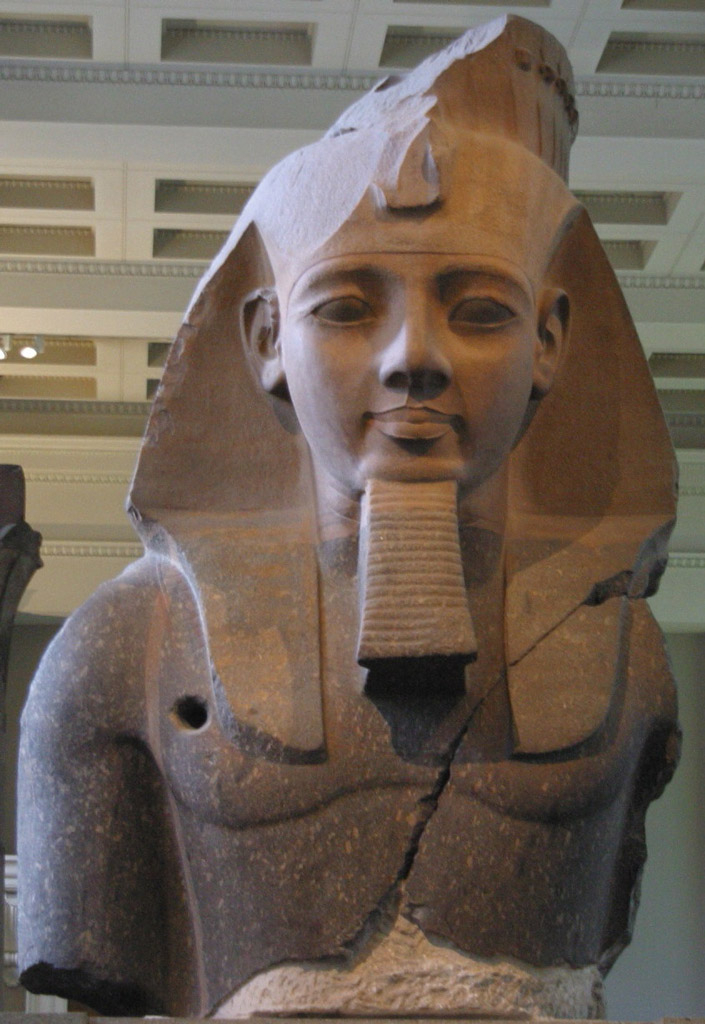Difference between revisions of "British Museum"
From Londonhua WIKI
(→Sculpture) |
(→Sculpture) |
||
| Line 90: | Line 90: | ||
Image:Egyptian_Statue.jpg|"Amonhitep III" | Image:Egyptian_Statue.jpg|"Amonhitep III" | ||
Image:RamessesII.jpg|"Ramesses II" | Image:RamessesII.jpg|"Ramesses II" | ||
| + | Image:Mummies.jpeg|"Some of the mummies" | ||
</gallery> | </gallery> | ||
Revision as of 12:32, 9 May 2017
British Museum
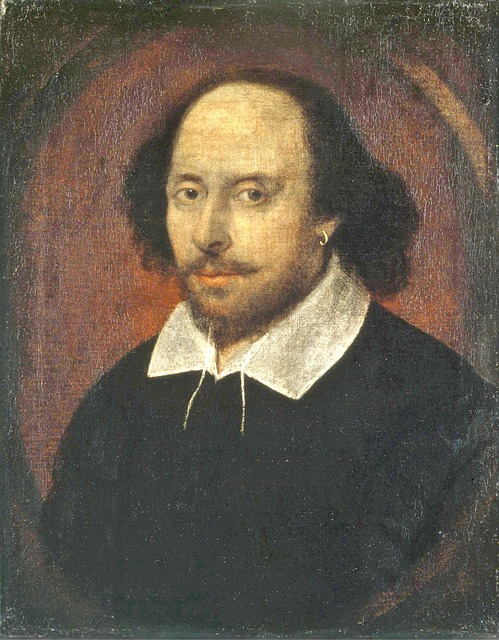 Representative Article Image | |
| The Chandos Portrait of William Shakespeare | |
|---|---|
| Artist | Attributed to John Taylor |
| Year | c. 1600s |
| Dimensions | 55.2 cm × 43.8 cm ( 21 3⁄4 in × 17 1⁄4 in) |
| Location | National Portrait Gallery, London |
Use this page as a template when creating new articles by clicking Actions>View Source and create a new page with the name of the article you're creating. In the newly copied page, upload your own image, then replace the "Articlepicture.jpg" above with the new image name. Replace "Representative Image" in both the image line and the top-level heading above with your first and last name. Delete this whole paragraph beneath the Representative Image title but not including the Table of Contents tag __TOC__.
Overview
The paragraph should give a three to five sentence abstract about your article.
Contents
Background or Origin of Article
Begin writing the background information of this article, or use this format to begin a new article with some other relevant section filled with important information.
Jewerly Through History
Ancient Egypt and Sudan
Organize each section of this article so that it has a logical flow. If you intend to discuss one aspect of the origin of a person, place, thing, or idea, identify the appropriate existing section of the article, or create that section if it doesn't exist. Then, make a clear subheading. If you notice that some other information is not organized clearly, rearrange the information, but do so cautiously and responsibly! The goal here is clarity for the reader.
Add links to other articles, but do not link to personal student profile pages or milestone pages. Add media as needed in the appropriate sections.
Middle East
Organize each section of this article so that it has a logical flow. If you intend to discuss one aspect of the origin of a person, place, thing, or idea, identify the appropriate existing section of the article, or create that section if it doesn't exist. Then, make a clear subheading. If you notice that some other information is not organized clearly, rearrange the information, but do so cautiously and responsibly! The goal here is clarity for the reader.
Add links to other articles, but do not link to personal student profile pages or milestone pages. Add media as needed in the appropriate sections.
Prehistory and Europe
Organize each section of this article so that it has a logical flow. If you intend to discuss one aspect of the origin of a person, place, thing, or idea, identify the appropriate existing section of the article, or create that section if it doesn't exist. Then, make a clear subheading. If you notice that some other information is not organized clearly, rearrange the information, but do so cautiously and responsibly! The goal here is clarity for the reader.
Add links to other articles, but do not link to personal student profile pages or milestone pages. Add media as needed in the appropriate sections.
Prehistory and Europe
Organize each section of this article so that it has a logical flow. If you intend to discuss one aspect of the origin of a person, place, thing, or idea, identify the appropriate existing section of the article, or create that section if it doesn't exist. Then, make a clear subheading. If you notice that some other information is not organized clearly, rearrange the information, but do so cautiously and responsibly! The goal here is clarity for the reader.
Add links to other articles, but do not link to personal student profile pages or milestone pages. Add media as needed in the appropriate sections.
Europe
Earthenware
Earthenware is a special type of pottery made from clay that is fired below 1200 degrees C. In the British Museum you can find tons of earthenware, especially in the Europe 1800-1900 galleries. Below are a few tiles and a cup, all designed by A.W.N Pugin around the 1850's and printed by Minton & Co. The tiles were made from dust clay, which created the smooth surface for printing. However due to limitations some colors were hard to add by printing, so they were added by hand.Printed tiles from medieval times have been found with only two colors, buff and red. However the designer Pugin wanted more options so Minton developed more colors which included blue, green, brown, and white.
Chess
The British Museum has on display a full chess game with each individual pawn during the Medieval Europe time period. Many are hand carved with details for powerful pawns. It was during this time, when chess was first created, to be played by knights to build strategy and skill. From playing they built up their tactic abilities which was seen as a positive achievement there for making chess one of seven knightly accomplishments. Clergy were not allowed to play because of the church's ruling on chess, but as time went on they soon loosened their ruling and they too could play. Men and women played chess which had become a way of flirty.
Africa
Ancient Egypt
Sculpture
The British Museum holds one of the largest, and most extensive, collection of Egyptian artifacts, many of which are statues. A significant portion of this collection is comprised of statues. The majority of the statues are made from stone, mainly granodorite and quartzite. The statues depict important figures from Egyptian history, including Ramesses II, Amenhotep III, as well as Gods. The museum also contains sarcophagi made of stone of various leaders. In the second floor gallery, mummies lying within their sarcophagus are on display; these sarcophagi are much more decorated, containing both paintings and carvings rather than just the carvings, then the stone ones below.
- Mummies.jpeg
"Some of the mummies"
Sudan
Greek and Roman
Busts
Carved from marble, Greek and Roman busts depict the upper body of the human figure. Each bust is supported by a single pedestal, known as a plinth, that vary in design and scale.
References
If appropriate, add a references section
External Links
If appropriate, add an external links section
Image Gallery
If appropriate, add an image gallery
